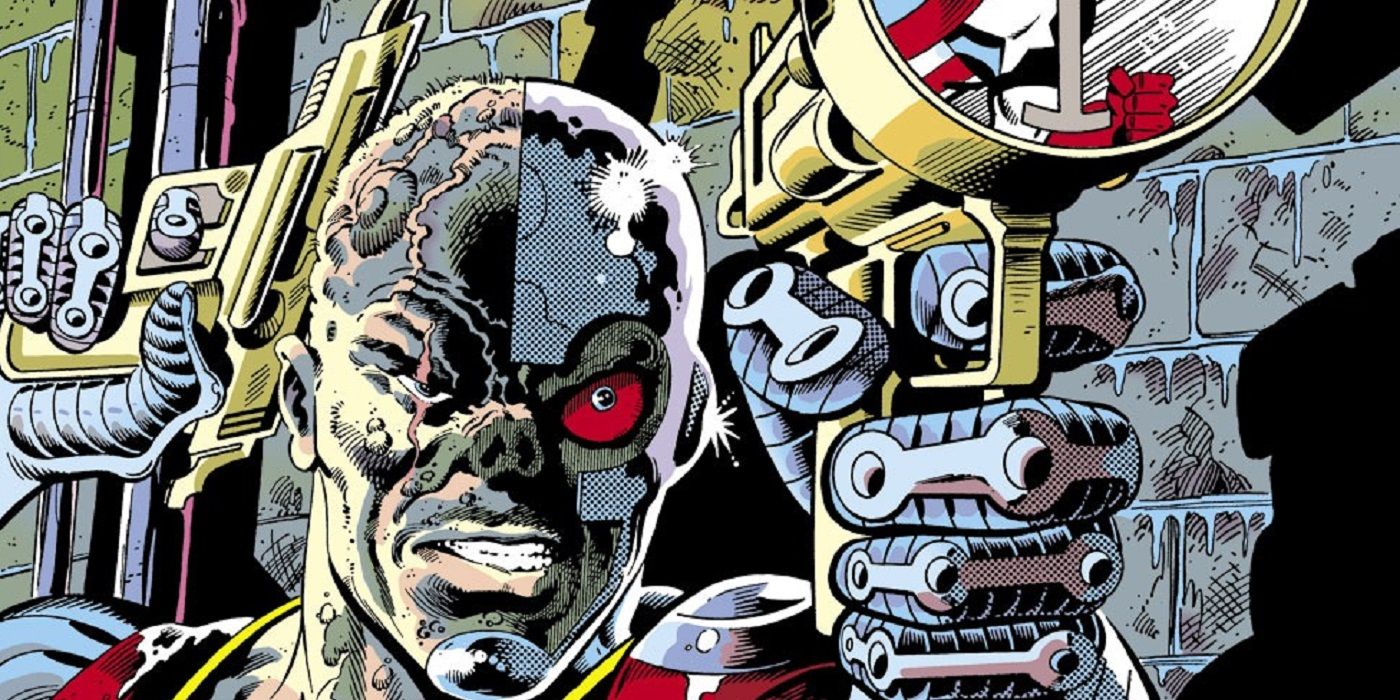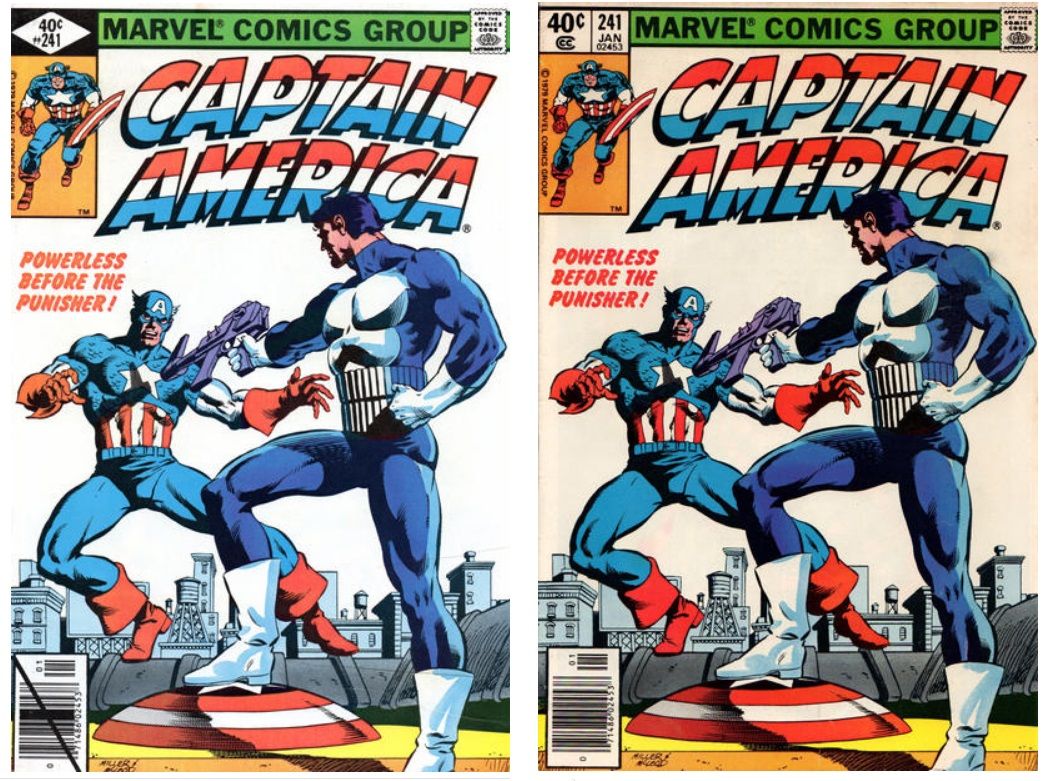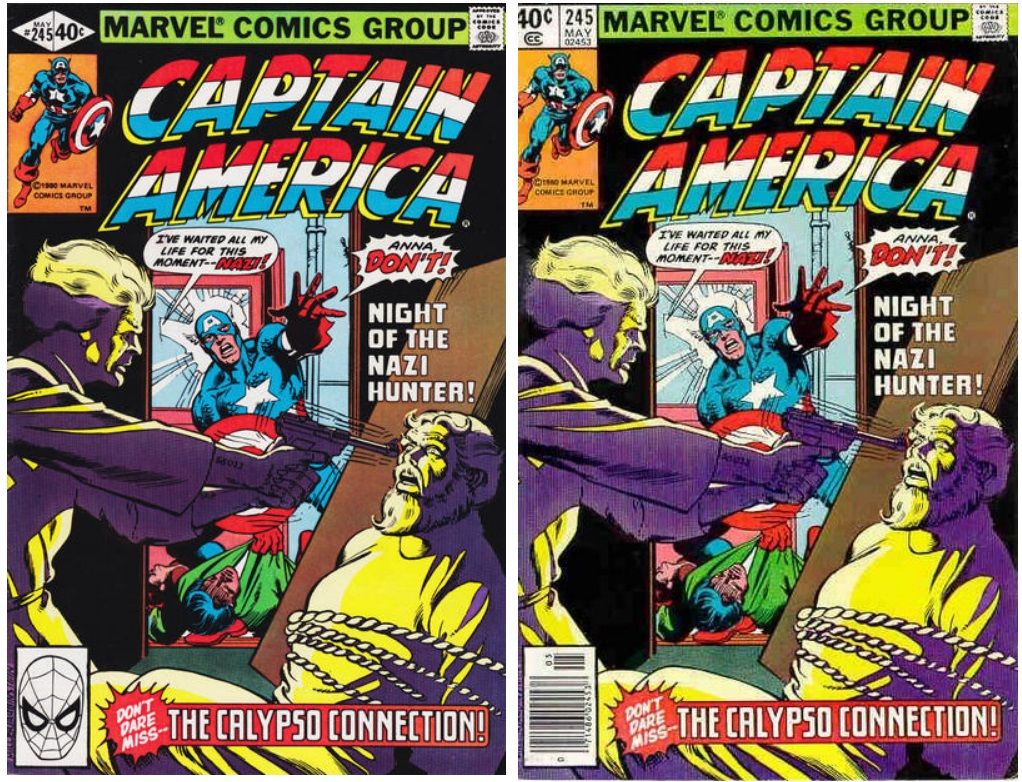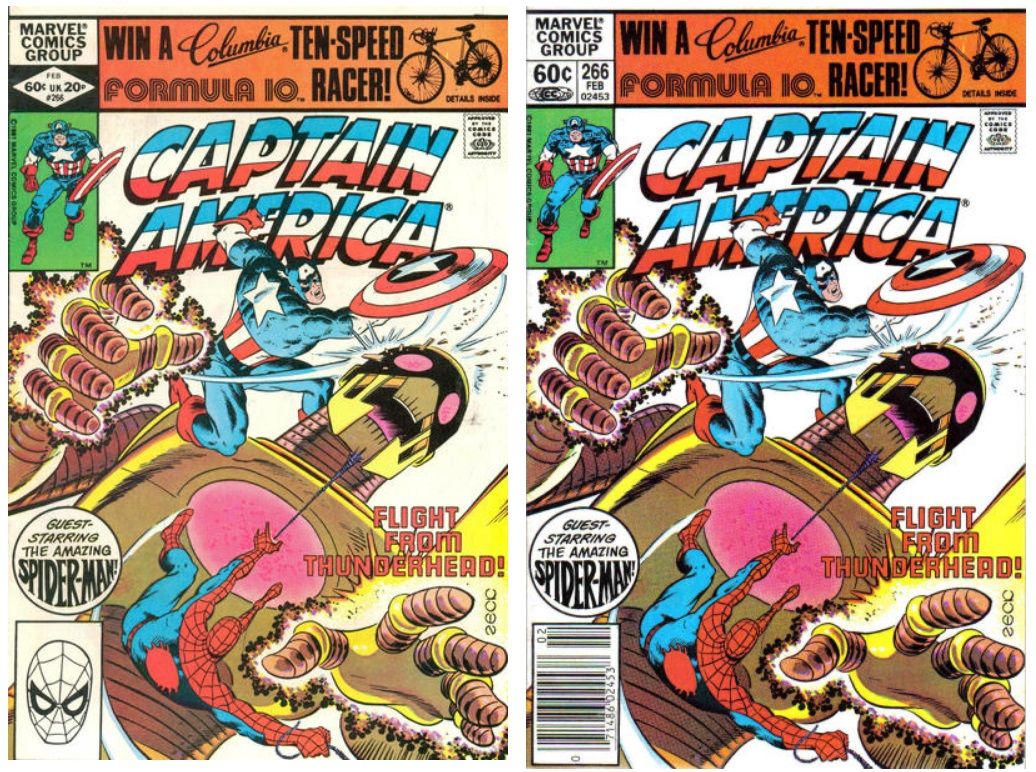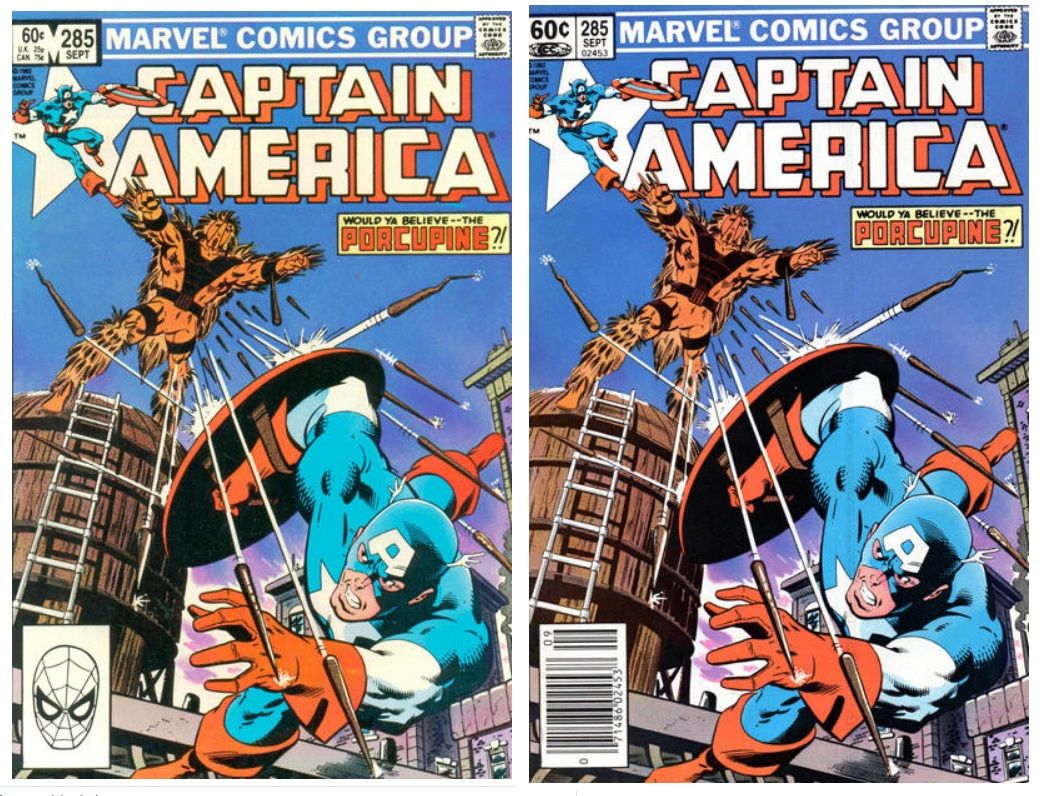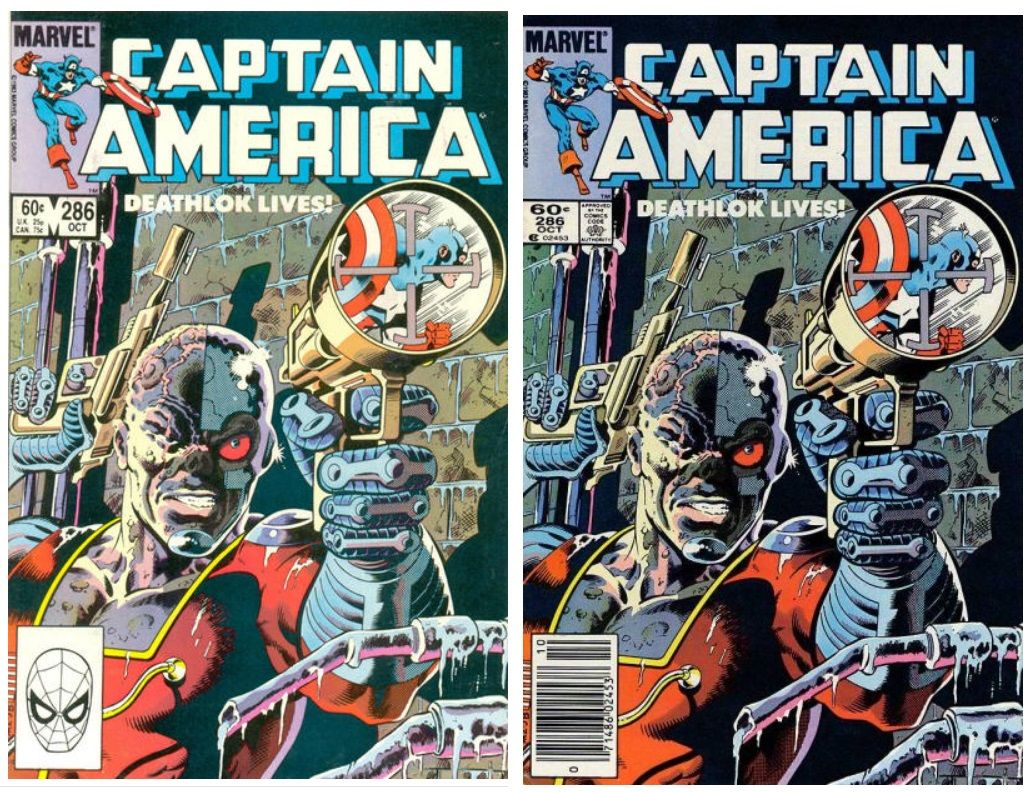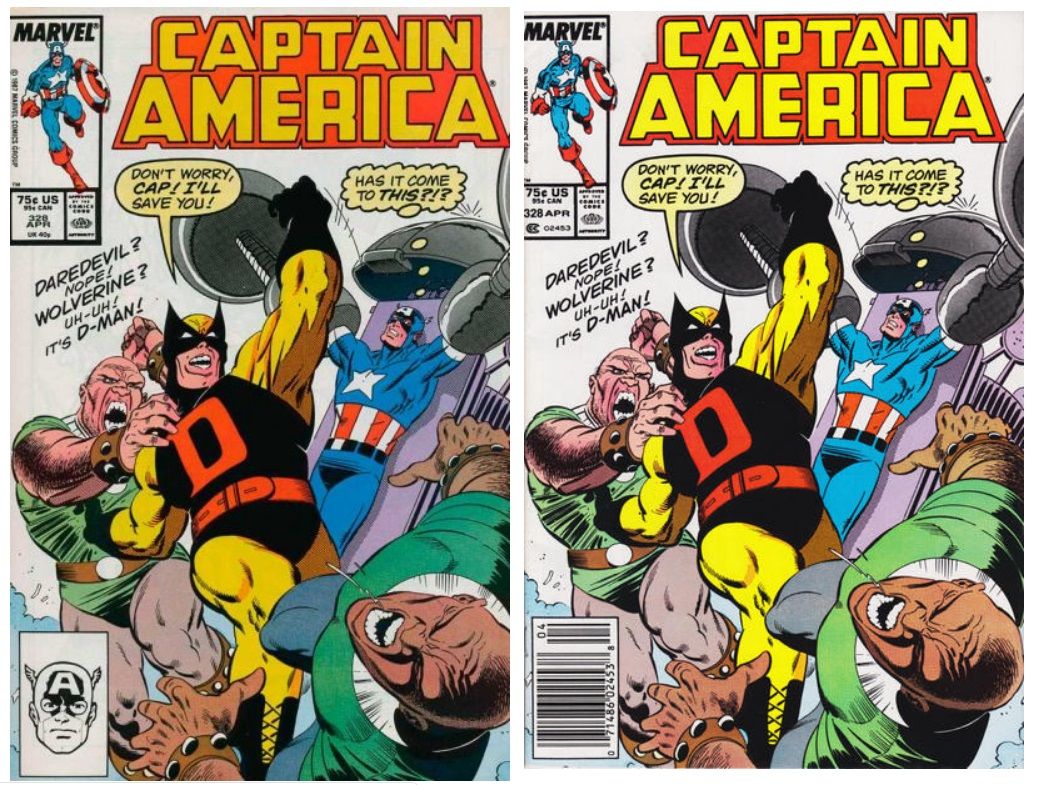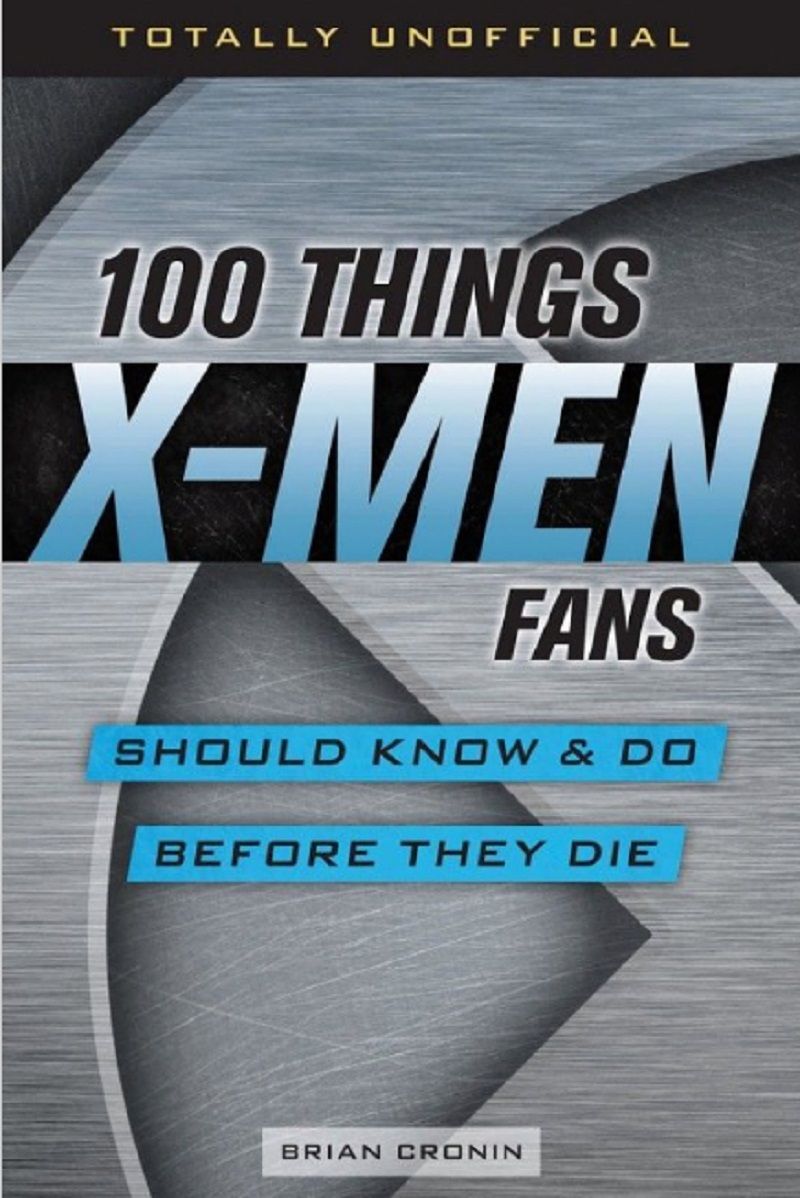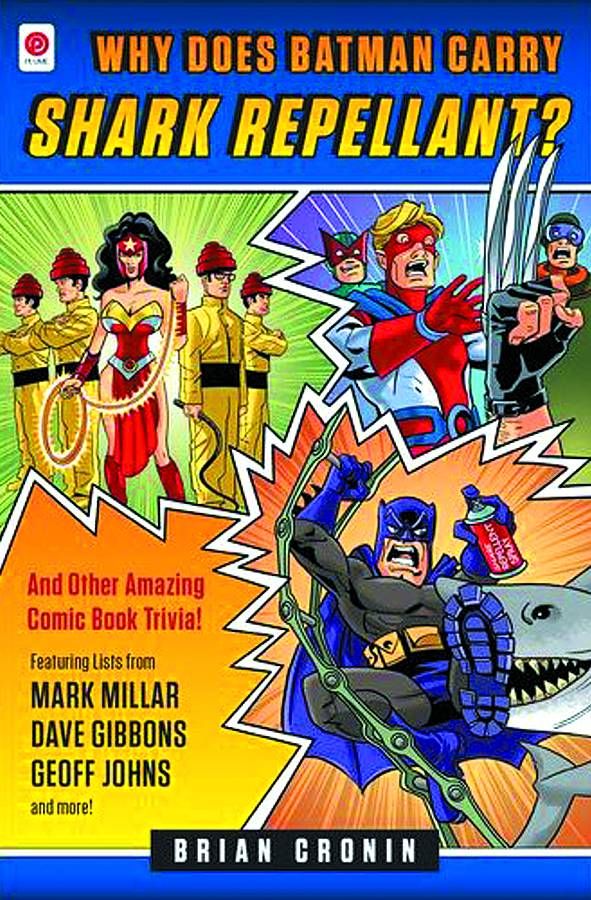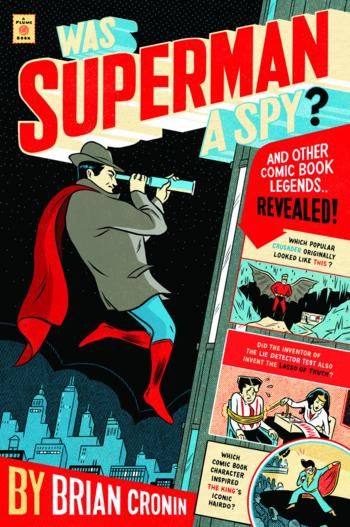Welcome to Comic Book Legends Revealed! This is the seven hundred and twenty-first installment where we examine comic book legends and whether they are true or false.
Click here for Part 1 of this week's legends. Click here for Part 2 of this week's legends.
NOTE: If the CSBG Twitter page hits 11,000 followers, I'll do a bonus edition of Comic Book Legends Revealed that week. Great deal, right? So go follow the CSBG Twitter page!
COMIC LEGEND:
Marvel dropped the Comics Code on their direct market comics for three years in the mid-1980s
STATUS:
True
I wrote about the changeover from the newsstand to the direct market in an old Comic Book Legends Revealed here, so I'll just quote the basics from there to get us up to speed on what we're talking about here:
Nowadays, there literally is no such thing as a comic book appearing on a "newsstand," as both Marvel and DC have completely abandoned their newsstand business. However, for decades, that was almost the only way that comic books would be distributed. It is still how magazines and newspapers are distributed.
The way that it works is that the company sends out, say, 300,000 copies of, say, Batman #310, to newsstands around the country. Let's say, I dunno, 200,000 of them sell in any given month (you had a couple of months to sell them). So then those extra 100,000 copies would be sent back and they would be destroyed.
As you can see, that is not the most effective way for a comic book company to make money, as they have to print X amount of copies based on how much they THINK they will sell and then they have to take back whatever doesn't sell and then pulp them. So the profit margins on these things were TIGHT.
Then the direct market began. Specialty stores that relied on the same distribution as newsstands told the comic book companies, "We'd just as soon lose returnability in return for a higher discount."
For the companies, this was a huge improvement for them. If you had to print 300,000 to sell 200,000, you could now print, you know, 200,000. It was cost certainty and it revolutionized the industry. Now, you could make a profit if you only sold, say, 50,000 copies, since you'd only be PRINTING 50,000 copies instead of 200,000 with you pulping 150,000 copies.
However, one of the problems with the direct market is that companies had to come up with ways to differentiate the direct market comics (which had higher discounts) from the newsstand comics (which had the worse discount, but could be returned). The reason they had to do this was because otherwise, stories could buy direct market editions from Marvel at their high discount and then return them to Marvel as newsstand copies and make a profit without selling a single copy.
Initially, Marvel achieved this through a diamond corner box and then just crossing out the UPC symbol on the bottom of the book...
As the 1980s began, though, Marvel then began adding a drawing where the UPC symbol would go, to give the book a bit more of a pleasant look to it...
In 1981, Marvel dropped their "Marvel Comics Group" banner from their titles to use that space for rather garish advertisements....
In 1982, the Marvel Comics Group banner returned. Later in 1982, Marvel revamped their direct market designs, coming up with a very cool corner box alternate to their newsstand comics where the direct market comics would have a big M as the corner box...
That would be the basic design for the direct market versus the newsstand market for years, with one major chance a year later.
In the middle of 1983, they finally abandoned their "Marvel Comics Group" banner (which had a much more important role in the days of the spinner rack, when you really needed to be able to identify a comic book right from the top of the book) from their books...
But you might notice what ELSE disappeared with the banner. Yep, that's right, Marvel dropped the Comics Code on their direct market books in mid-1983!
You see, early in 1980s, the direct market proved to be a key aspect in the weakening of the Comics Code. Specialty stores didn't require comics to have the code, so all of the independent books that launched in the wake of the direct market (which made it so that you could turn a profit on a relatively small production size, which would have been impossible in the newsstand days) were without the Comics Code.
This eventually led to Marvel figuring, "Well, why bother with the Code on our Direct Market books?"
This kept up for over THREE YEARS, with Marvel only returning them due to, oddly enough, specialty stores and direct market distributors saying that they preferred Code-approved books to say "Comics Code approved" on them (as these books were all still being submitted to the Comics Code for the newsstand editions).
This was right smack in the middle of the so-called "labeling" controversy, where distributors like Diamond Comics were scared that the entire industry was going to come under increasing attacks from parent groups for not labeling "adult" comics as such. Obviously, the labeling groups won as comic books nowadays DO carry "Explicit Content" warnings and stuff like that.
Part of that, though, was that stores and distributors wanted to be able to point to the books that specifically WERE approved by the Comics Code.
So Marvel brought the Comics Code back to their books at the start of 1987, sadly at the cost of that awesome corner box M...
Obviously, less than twenty years later, Marvel dropped the Comics Code entirely.
Check out my latest TV Legends Revealed - Did Ellen DeGeneres really turn down the role of Phoebe on Friends?
OK, that's it for this week!
Thanks to the Grand Comics Database for this week's covers! And thanks to Brandon Hanvey for the Comic Book Legends Revealed logo, which I don't even actually use on the CBR editions of this column, but I do use them when I collect them all on legendsrevealed.com!
Feel free (heck, I implore you!) to write in with your suggestions for future installments! My e-mail address is cronb01@aol.com. And my Twitter feed is http://twitter.com/brian_cronin, so you can ask me legends there, as well!
Here's my brand-new book, 100 Things X-Men Fans Should Know And Do Before They Die, from Triumph Books.
If you want to order a copy, ordering it here gives me a referral fee.
Here's my second book, Why Does Batman Carry Shark Repellent? The cover is by Kevin Hopgood (the fellow who designed War Machine's armor).
If you want to order a copy, ordering it here gives me a referral fee.
Follow Comics Should Be Good on Twitter and on Facebook (also, feel free to share Comic Book Legends Revealed on our Facebook page!). Not only will you get updates when new blog posts show up on both Twitter and Facebook, but you'll get some original content from me, as well!
Here's my book of Comic Book Legends (130 legends. -- half of them are re-worked classic legends I've featured on the blog and half of them are legends never published on the blog!).
The cover is by artist Mickey Duzyj. He did a great job on it...
If you'd like to order it, you can use the following code if you'd like to send me a bit of a referral fee...
Was Superman a Spy?: And Other Comic Book Legends Revealed
See you all next week!

